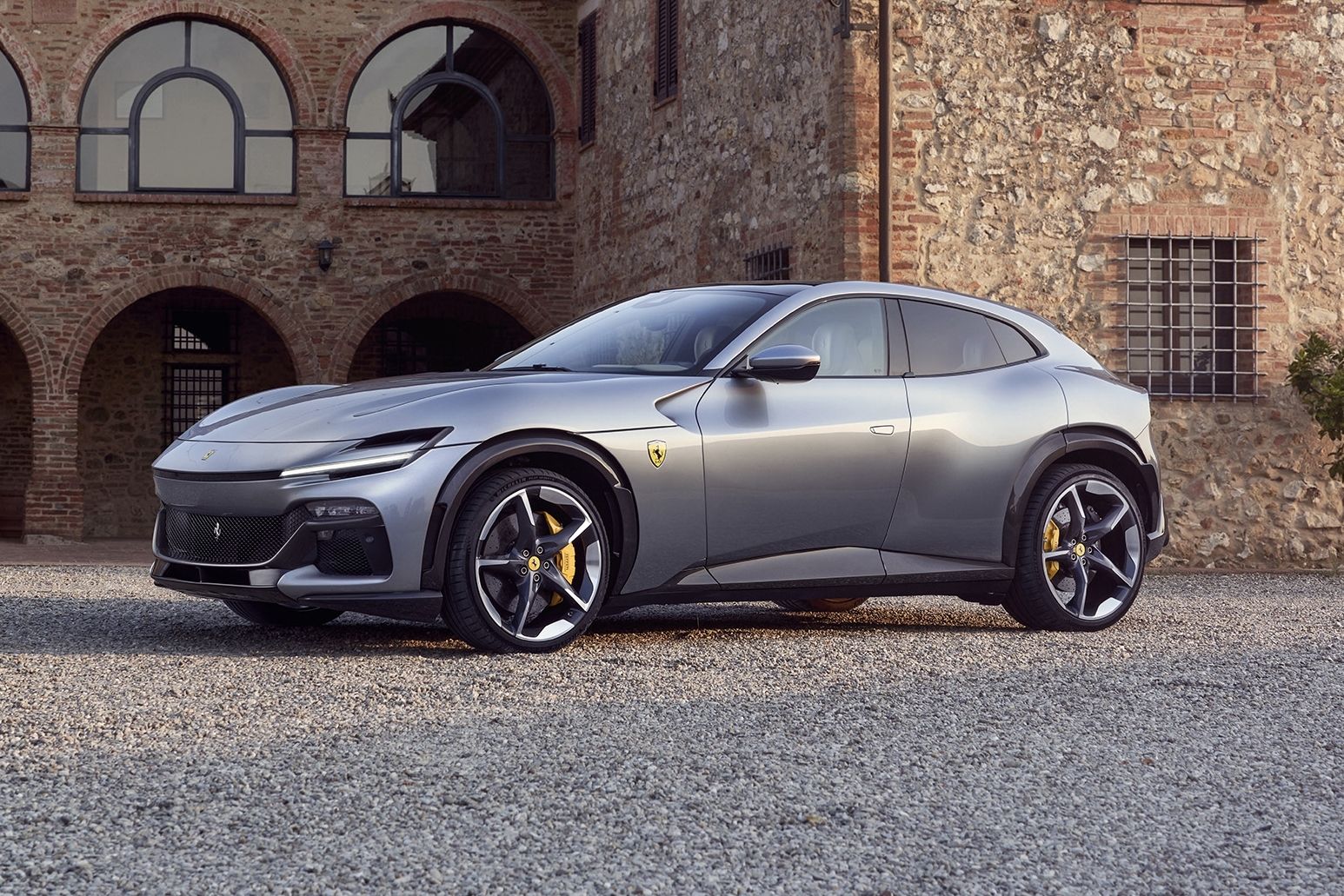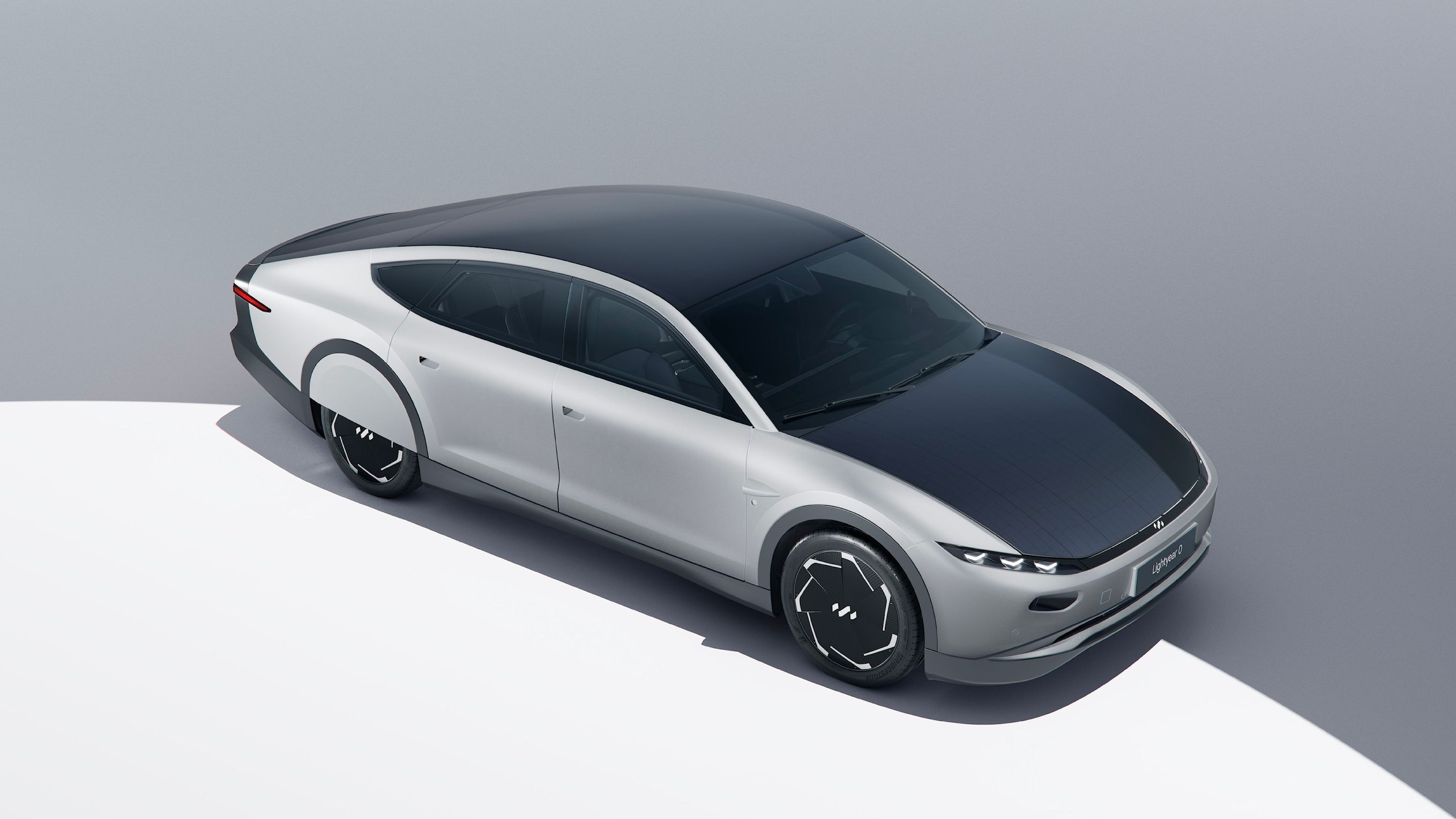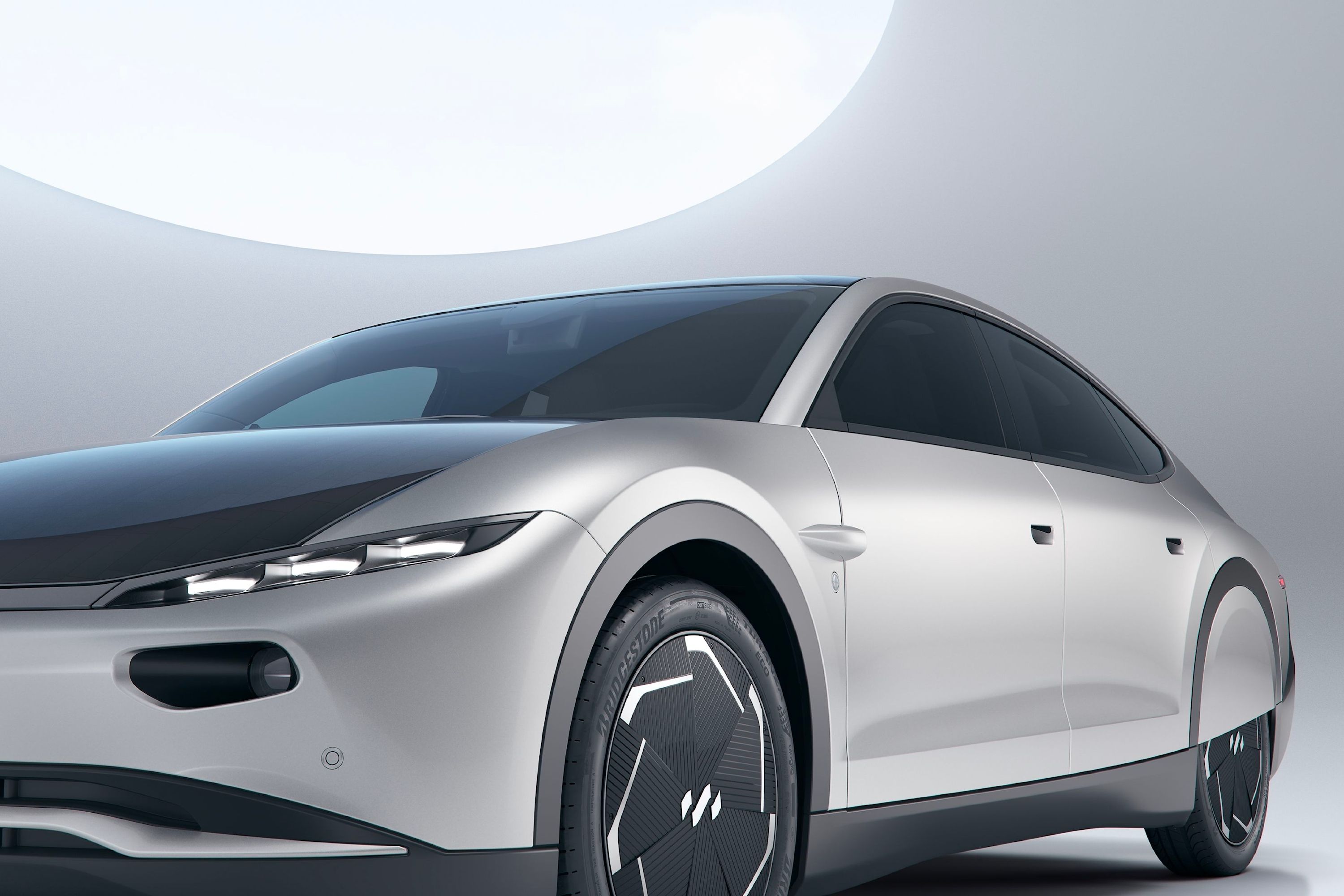
Whether you're producing a 1,000-horsepower hypercar or a super-efficient electric vehicle, aerodynamics are very important. The more easily air flows over the car, the less energy it takes to maintain the vehicle's momentum, and we can see these principles incorporated into many modern cars. Take the Ferrari Purosangue that was just revealed as an example. This has vented wheel arches and aerodynamically shaped wheels that aim to create a curtain effect over the wheels as the air flows over them and down the car, but because the front wheels still need to turn, one cannot completely smooth airflow in this area with a fixed cover. Thus, the rotating wheels continue to disturb the airflow somewhat.
But Ferrari has a solution. In patent documents filed with the United States Patent and Trademark Office (USPTO), CarBuzz has discovered that the Italian automaker has found a workaround.
Wheel spats, which one could also call wheel arch covers, are nothing new. They have been reintroduced by automakers multiple times over the years and have found success in motorsport applications too. But they have their drawbacks. For one thing, any air that does make its way into the wheel arch is essentially trapped, creating an area of high pressure that can be detrimental to efficiency and stability. If applied to the front wheels, they can cause a buildup of snow in cold regions, which can lead to a locked steering wheel. And in order to fit behind the covers and still turn, the wheels and tires often have to be made far narrower than they otherwise would be, compromising handling. So what is the solution?
Ferrari's patent application doesn't specifically address every issue mentioned above, but it does deal with the biggest one. How do you turn a reasonably sized front wheel when it has a spat or fairing covering it?
The rear wheels in this application do not have any steering ability and therefore feature fixed covers that can be removed when you need to change a tire. The front spats, on the other hand, would be made of a flexible material of some sort, possibly even a fabric - kind of like BMW's Vision Next 100 concept, but in a practical form for the real world. This fabric would morph with the assistance of a pneumatic actuator device in each wheel arch that would use pressure to expand the fabric when the wheels need to make a high-degree turn. When the steering wheel is straightened again, a vacuum source would bring the spat back to its original shape.
When the car is driving at high speed, such as on the freeway, the fabric may not need to morph as steering inputs would be very minor. Naturally, the front fairings would be removable too.
Ferrari says that this system would have a minimal impact on weight and would be cheap to produce, too, thanks to the spats being made of a sort of fabric. The automaker has not addressed any of the other common issues with front wheel fairings since this patent is specifically for the actuator system and the morphable material concept, but we have no doubt that a Ferrari featuring this innovation would be thoroughly tested to ensure no adverse aerodynamic effects and to guarantee optimum brake cooling.
It remains to be seen if this will make production, but we wouldn't bet against it.


